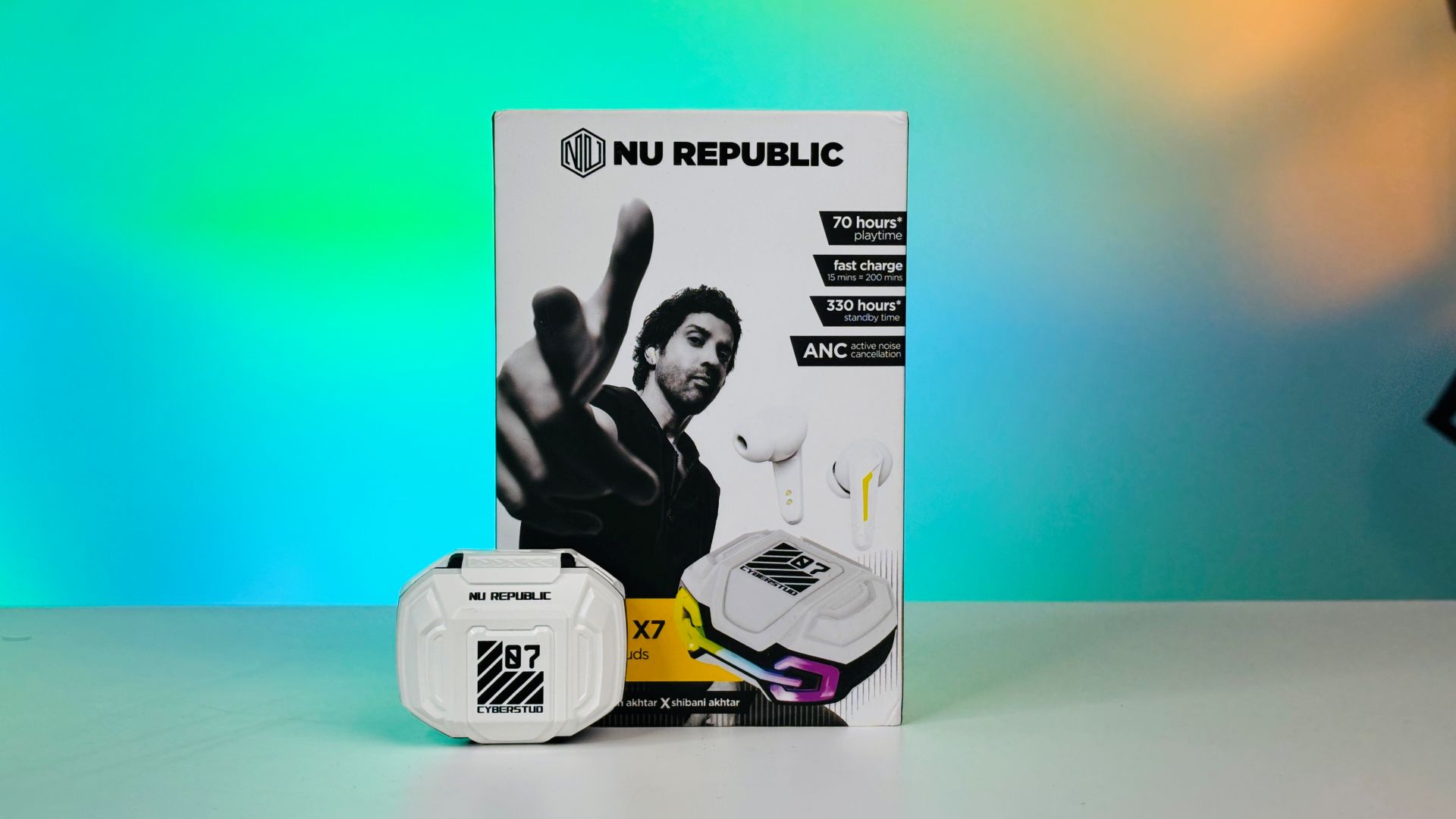
In the rapidly evolving smartphone market, the Realme GT 6 and Motorola Edge 50 Ultra stand out as flagship contenders, boasting top-tier specifications and performance metrics. This comparison delves into their capabilities, focusing on hardware, performance, and unique features, helping consumers make an informed choice.
The smartphone market is abuzz with the recent release of the Realme GT 6 and the Motorola Edge 50 Ultra, two powerhouse devices vying for the attention of tech enthusiasts. Both phones boast impressive specs and features, but how do they stack up in terms of real-world performance? Let’s dive in and analyze the results of benchmark tests and everyday use.
Specifications and Design
Both the Realme GT 6 and Motorola Edge 50 Ultra are powered by the Qualcomm Snapdragon 8s Gen 3 processor, ensuring robust performance. The Realme GT 6 comes with 8 GB of RAM and offers 256 GB of storage, while the Motorola Edge 50 Ultra steps up with 12 GB of RAM and a heftier 512 GB storage option. Both devices eschew expandable storage but support UFS 4.0 for faster data access speeds.
In terms of design, both phones feature a sleek, modern aesthetic with punch-hole displays and are built for durability, with the Motorola Edge 50 Ultra boasting a slightly higher IP68 water resistance rating compared to the GT 6’s IP65.
Display Technology
The Realme GT 6 features a 6.78-inch LTPO AMOLED display, offering a dynamic 120 Hz refresh rate and a peak brightness of 6000 nits. Motorola’s Edge 50 Ultra opts for a 6.7-inch pOLED display, also with a high refresh rate of 144 Hz but a lower peak brightness of 2500 nits. Both screens promise vivid colors and sharp visuals, with the Realme GT 6 taking the edge in brightness.
Camera Capabilities
Camera technology is a strong suit for both models. The Realme GT 6 boasts a versatile triple-camera setup, including a 50 MP primary sensor complemented by an 8 MP ultra-wide and another 50 MP telephoto lens. The Motorola Edge 50 Ultra answers with its own impressive array: a 50 MP main sensor, a 64 MP telephoto lens for detailed zoom shots, and a 50 MP ultra-wide lens.
Motorola’s cameras are designed to produce pleasing color accuracy and detail, even though some users might find the colors a bit saturated compared to the more balanced outputs from the Realme GT 6.
Performance Benchmarks
Performance testing shows both phones handle high-end gaming and multitasking smoothly, thanks to their shared Snapdragon chipset. Benchmark tests indicate similar performance levels, with the Motorola Edge 50 Ultra slightly trailing in synthetic benchmarks like AnTuTu and Geekbench when compared to other contemporaries in the Snapdragon 8s Gen 3 category.
Software and Additional Features
Both smartphones run Android 14, with Motorola offering a clean, user-friendly Hello UI and Realme featuring its Realme UI 5.0, which is also praised for its efficiency and ease of use. Motorola distinguishes itself with unique software enhancements and fewer pre-installed apps, providing a cleaner experience right out of the box.
https://www.youtube.com/watch?app=desktop&v=tWnaYB0t56M
Under the Hood: Snapdragon 8 Gen 3 Takes Center Stage
Both the Realme GT 6 and the Motorola Edge 50 Ultra are powered by the cutting-edge Qualcomm Snapdragon 8 Gen 3 chipset, promising exceptional speed and efficiency. However, benchmark results reveal subtle differences in their performance.
- Geekbench: In single-core tests, the Motorola Edge 50 Ultra edged ahead slightly, while the Realme GT 6 reclaimed the lead in multi-core tests. This suggests that while both phones excel at handling single tasks, the GT 6 might have a slight edge in scenarios requiring heavy multitasking.
- AnTuTu: The Realme GT 6 took a more decisive lead in AnTuTu benchmarks, which evaluate a wider range of factors, including memory and user experience. This could be attributed to the GT 6’s higher RAM options, offering up to 16GB compared to the Edge 50 Ultra’s 12GB.
Everyday Use: Smooth Sailing, Minor Hiccups
In real-world usage, both phones deliver a fluid and responsive experience. Scrolling through social media feeds, playing graphically intensive games, and switching between apps is seamless on both devices. However, some users have reported occasional frame drops or stutters on the Edge 50 Ultra, particularly when pushing the phone to its limits.
Cooling and Thermal Management: Staying Cool Under Pressure
Intensive tasks like gaming and video editing can put a strain on a phone’s processor, leading to heat buildup and potential throttling. The Realme GT 6 employs a sophisticated cooling system that effectively dissipates heat, ensuring sustained performance even during prolonged use. The Motorola Edge 50 Ultra also manages heat well, but some users have reported it getting slightly warmer under heavy loads.
The Verdict: Choosing Your Performance Champion
Both the Realme GT 6 and Motorola Edge 50 Ultra are formidable contenders in the flagship smartphone arena. The Realme GT 6’s superior AnTuTu scores and robust cooling system might appeal to power users and gamers, while the Edge 50 Ultra’s slightly higher single-core Geekbench scores and sleek design could attract those seeking a balanced and stylish device.
Ultimately, the best choice depends on your individual needs and priorities. If raw processing power and multitasking capabilities are paramount, the Realme GT 6 might be the better fit. If you value a slightly more refined design and don’t mind occasional minor performance hiccups, the Motorola Edge 50 Ultra is a worthy contender.Choosing between the Realme GT 6 and Motorola Edge 50 Ultra depends on user priorities. The Realme GT 6 offers better screen brightness and a more balanced camer performance, making it ideal for multimedia enthusiasts. Conversely, the Motorola Edge 50 Ultra, with its higher RAM, superior water resistance, and clean UI, may appeal to users looking for a robust and streamlined user experience.


















